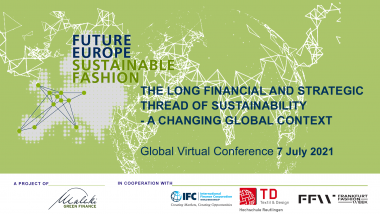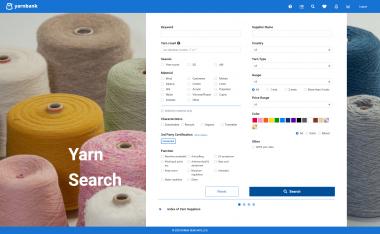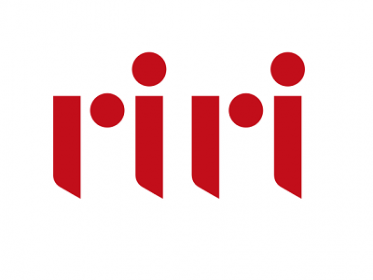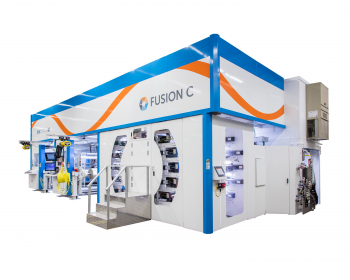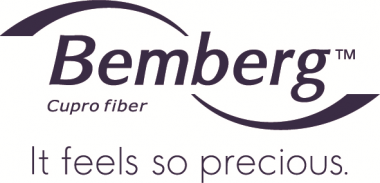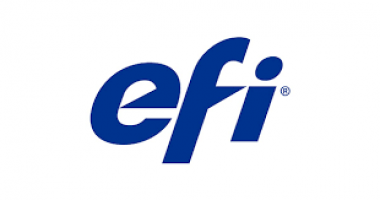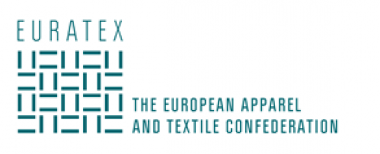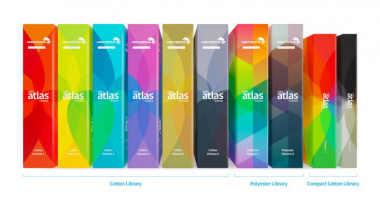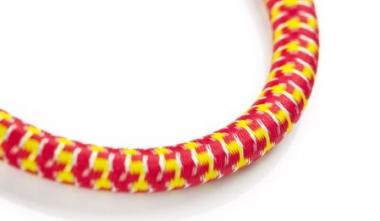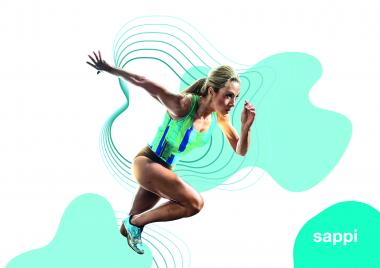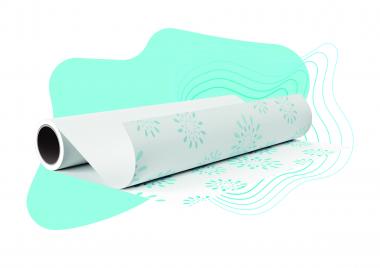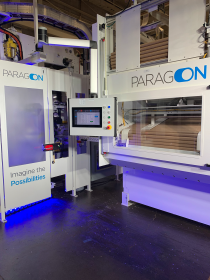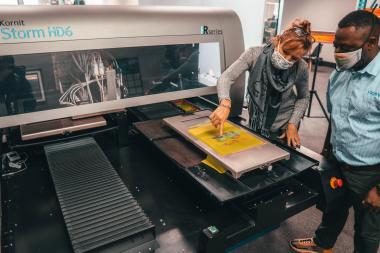Hochschule Reutlingen bei internationaler Online-Konferenz zum Thema Nachhaltigkeit
Zur Frankfurt Fashion Week findet in diesem Jahr erstmalig die internationale Online-Konferenz „Future Europe Sustainable Fashion“ statt. Die Fakultät Textil & Design der Hochschule Reutlingen ist Mitausrichter dieser hochkarätigen Konferenz mit internationalen Speakerinnen und Speakern.
Als Hochschule mit 165 Jahren Erfahrung in der textilen Ausbildung und Forschung war und ist die Fakultät Textil & Design stets Zukunftstreiber der Textilindustrie. Derzeit steht die nachhaltige Transformation der Branche im Mittelpunkt vieler Aktivitäten. Gemeinsam mit der International Finance Corporation (World Bank Group) und Maleki Green Finance schafft die Fakultät durch die Ausrichtung von „Future Europe Sustainable Fashion“ eine wichtige Plattform um den Informationsaustausch und Wissenstransfer aller Stakeholder der Branche zu fördern.
Am 7. Juli werden sich weltweit Expertinnen und Experten von Washington D.C. über Paris, Lugano, Frankfurt, Berlin, Hong Kong und Reutlingen aus digital zusammenfinden und eingehend über das Thema Nachhaltigkeit in der Textilindustrie diskutieren. Dabei kommen in drei thematischen Blöcken zu Strategie, Finanzierung sowie Produkt und Innovation Vertreterinnen und Vertreter aus Gesellschaft, Politik, Wirtschaft und Wissenschaft zu Wort.
Die Moderation sowie wissenschaftliche Begleitung und Zusammenfassung der Konferenz übernehmen Prof. Dr. Tina Weber, Prof. Dr. Malte Wessels und Prof. Dr. Jochen Strähle von der Fakultät Textil Design der Hochschule Reutlingen sowie Prof. Dr. Lorenzo Cantoni von der Università della Svizzera italiana, Lugano.
Weitere Informationen finden Sie hier.
Hochschule Reutlingen Nachhaltigkeit events Konferenz digital Design Textilindustrie
Hochschule Reutlingen


